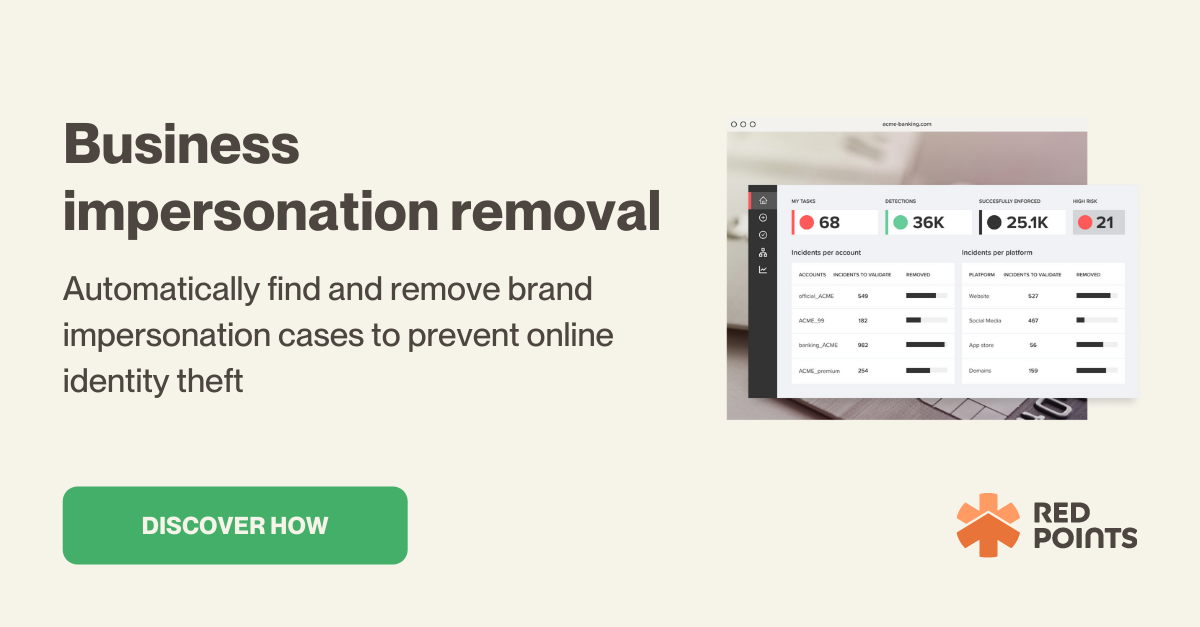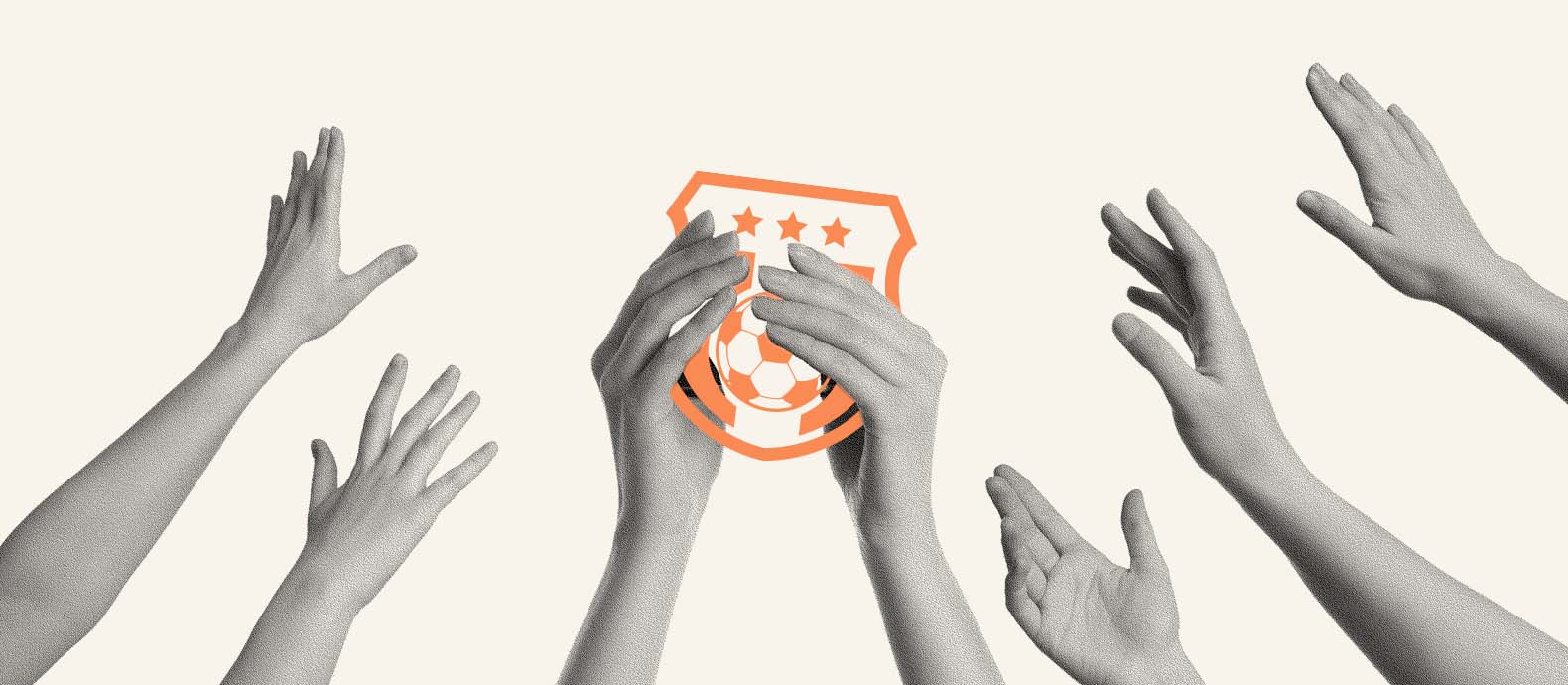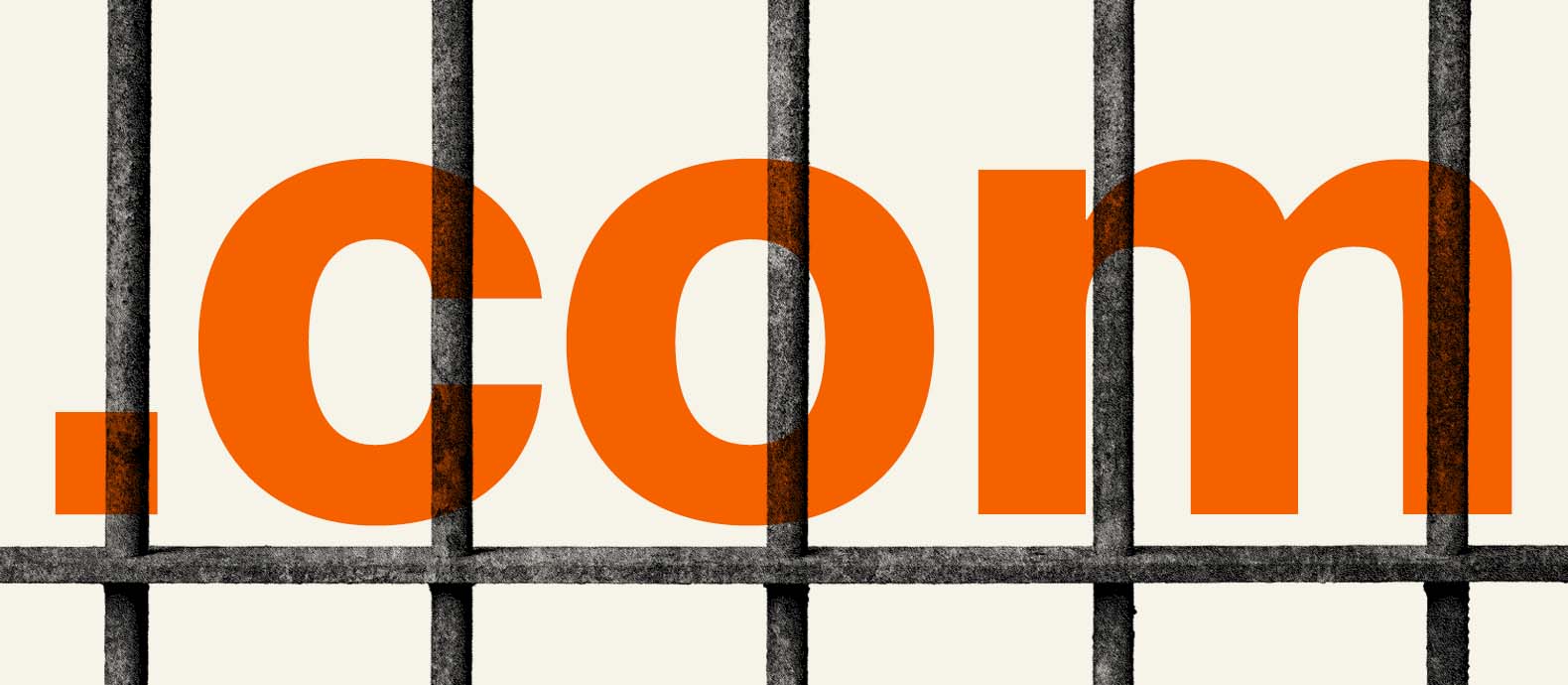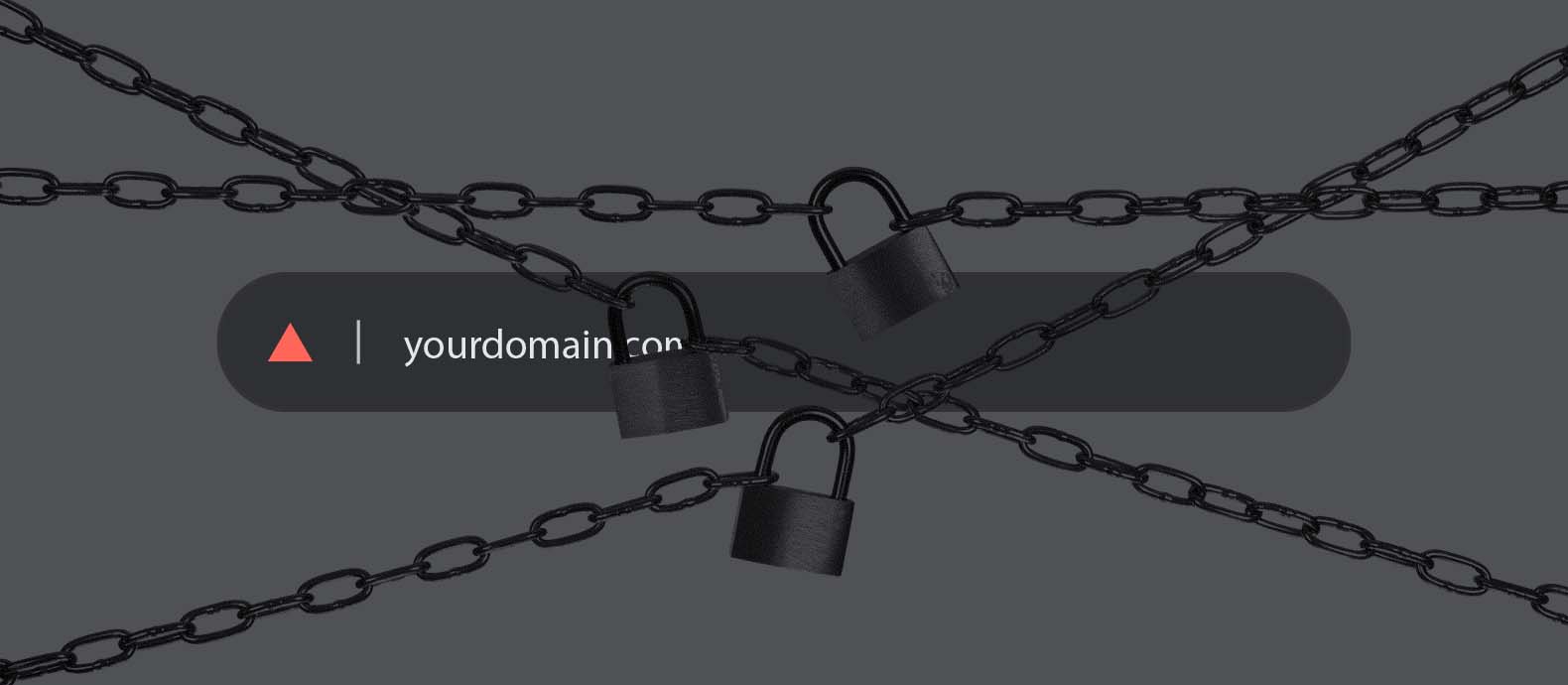Brandjacking is a growing threat for any business with an online presence, even more for those that sell their products and services online. Yet, many businesses still underestimate the threat brandjacking poses and haven’t implemented adequate measures to protect their brands.
With the fact that brandjacking can result in significant financial losses and serious damage to brand reputation, this is a serious concern, and it all stems from a lack of knowledge.
It’s essential for businesses to understand how cybercriminals use various tactics to impersonate their brands, the potential impact of brandjacking, and especially how to prevent it from happening to your business. In this post, we will cover all of them.
By the end of this article, you will have a clearer understanding of the effective measures you can take to protect your brand from growing brandjacking threats. So, let’s dive in and learn how to protect your brand’s online presence, starting from the basics: what is brandjacking?
What is brandjacking?
Brandjacking refers to the act of someone impersonating or hijacking a business—a brand—online.
With a business’s reputation being one of, if not the most valuable asset that is very difficult to build but very fast to lose, brandjacking can cause significant harm to any business with an online presence.
Not to mention, brandjacking is very difficult to detect, and it’s common that the damage caused is already too substantial before any action can be taken.
One prominent example of a brandjacking case is one related to the famous Equifax data breach in 2017. Long story short, Equifax (a major credit reporting agency) announced that their database containing millions of consumers’ personal information was breached by hackers.
Shortly after the announcement, scammers began creating fake websites and social media profiles impersonating Equifax, tricking people into providing their personal information. These sites and social media profiles were designed to look like legitimate Equifax’s platforms, and unfortunately, many Equifax consumers fell for this brandjacking scam.
Obviously, this brandjacking—on top of the actual data breach—has had a severe impact on Equifax’s finances and reputation as the company faced numerous investigations and lawsuits.
How brandjacking works
Malicious actors can use various techniques and methods to impersonate a brand online, including but not limited to the following:
- Cybersquatting: refers to how a malicious actor registers a domain name that is similar to your brand’s legitimate domain name, albeit with slight variations, in an attempt to trick your customers. For example, a brandjacker may add an extra letter (Gooogle.com instead of Google.com), or change a letter’s position (Keloggs.com instead of Kellogs.com) to make it look like your brand’s legitimate domain name. Domain Takedown Services like Red Points can effectively protect your brand from cybersquatting attempts.
- Phishing: this is when a brandjacker sends emails with a fake email address that looks like your brand’s legitimate email address, commonly by using a fake domain name similar to your brand’s. Then, the email may include a link to a fake website that looks like your brand’s website, which will then trick customers into providing their personal information.
- Social media impersonation: the brandjacker sets up fake social media profiles that use your brand’s logo and images and then posts content that appears to be from your brand. They typically will use these fake profiles to send phishing messages.
- Unauthorized use of branding: this method involves the brandjacker creating and publishing content that appears to be associated with a brand, but it’s actually not. A common example is fake reviews or articles that endorse a product or service, but actually have nothing to do with the actual brand behind the product/service.
- SEO manipulation: a more advanced form of brandjacking technique, the malicious actor uses SEO (search engine optimization) techniques to ensure their fake websites (or social media profiles) appear at the top of search results to attract more visitors. They may also use black-hat SEO techniques to rank higher faster.
- Hashtag hijacking: scammers use the legitimate brand’s hashtags or other social media campaigns to promote their own products or services. This tactic is sometimes referred to as “hashtag hijacking” or “social media hijacking.”
Due to the variations and sophistication of techniques used by brandjackers in recent years, brandjacking can be very challenging to detect. Even worse, in many cases by the time you are aware of it, the damage has already been done.

The financial impact of brandjacking on your business
Brandjacking can have a significant impact on your business’s finances in various ways, such as:
- Lost revenue: brandjackers may set up fake ecommerce stores, websites, or social media profiles to sell counterfeit or fake products. Customers may believe they are buying from you as the legitimate brand, stealing sales that would otherwise have gone to your business.
- Reputation damage: brandjacking attacks can damage your brand’s reputation in a long-term or even permanent way, which can result in financial consequences. Customers may (wrongly) associate the brand with fraudulent activities and scams, which will make it more difficult for the business to attract new customers or retain their existing customers.
- Legal fees: once you’ve identified brandjacking attacks against your business, a possible option is to pursue a civil litigation against the brandjacker for infringing your intellectual property rights. Unfortunately, this option can result in significant legal fees, especially if the malicious actor is operating in a different jurisdiction or country.
- Advertising costs: to counteract the effects of brandjacking, you may need to invest in additional advertising or marketing campaigns to rebuild customer trust and to promote your legitimate products or services. This can increase advertising costs and reduce profit margins.
5 ways to protect your business from brandjacking
Protecting your brand from the risks of brandjacking can be difficult in practice for several reasons, including:
- Rapidly changing tactics: brandjackers are constantly developing new methods and techniques to impersonate brands to carry out their malicious practices, some of these techniques are very effective in evading detection. Keeping up with the latest threats can be challenging for businesses with their limited resources and time.
- Difficulty in identifying the source: brandjackers often use anonymizing tools to hide their identity. Not to mention, brandjacking can occur on a global scale: with the rise of the internet and social media, brandjacking of your brand can be done by an actor from halfway across the world, occur quickly, and spread rapidly. Thus, containing the damage once it has been done can be very challenging.
- Complex legal issues: especially if the perpetrator is located in another jurisdiction or using a proxy server to hide their location, dealing with brandjacking incidents can involve complex legal issues.
With those points being said, here are some essential steps you can take to safeguard your brand from the risks of brandjacking:
1. Regularly monitor online activities related to your brand
One of the best ways to protect your brand from brandjacking is to always keep track of any online activities mentioning or related to your brand.
This includes monitoring websites, social media conversations, or other online platforms. Regular monitoring can help you quickly identify any instances of brandjacking so you can take swift action to safeguard your brand’s reputation. Here are some ways to do it:
- Set up Google Alerts: Google Alerts is a free tool that can help you monitor any online mentions of your brand name or specific keywords related to your brand. You’ll receive notifications whenever the defined keywords/phrases are mentioned online.
- Leverage social media listening tools: tools like Hootsuite, Mention, or others can help you track mentions of your brand on social media platforms.
- Monitor review sites: monitor popular review sites like Yelp, Google Reviews, TripAdvisor, or other platforms reviewing products/services of your niche to keep an eye of any reviews or comments related to your brand.
- Monitor search engine results: regularly perform Google search for your brand name and related phrases to check whether there are any suspicious results or fake websites impersonating your brand.
2. Preemptive registration of domain names that are similar to your brand
An important proactive measure to protect your business from brandjacking is to purchase domain names that brandjackers will potentially use.
By purchasing domain names that are similar or related to your legitimate brand name, you can effectively prevent malicious actors from using them to mislead your customers.
Consider:
- Purchasing domain names that are variations of your brand name. This includes misspellings or abbreviations of your brand name.
- Purchase domain names similar to/related to your popular products or services.
- Consider purchasing domain names in different top-level domains (TLDs) like .net, .org, or others.
Last but not least, make sure to renew your registered domain names before they expire to prevent others from acquiring them.
3. Develop a brand protection strategy
To effectively safeguard your brand from brandjacking, it’s critical to have a working brand protection strategy in place.
Establish policies and procedures for handling brandjacking incidents, and make sure to develop a comprehensive crisis management plan in case instances of brandjacking occurs.
4. Take legal action
If your business falls victim to brandjacking, you may need to take legal action to protect your intellectual property and to recover damages. Here are some legal actions that you can take in response to brandjacking:
- Send a cease and desist letter: a cease and desist letter is a legal notice that demands that the brandjacker stop using your intellectual property. This can be an effective first step in protecting your brand, as it puts the brandjacker on notice.
- Send a DMCA takedown notice: the Digital Millennium Copyright Act (DMCA) provides a process for copyright holders to request the removal of infringing content from websites. If you discover that your copyrighted content is being used without your permission, you can send a DMCA takedown notice to the website hosting the content.
- Domain dispute resolution: if the brandjacker has registered a domain name that infringes on your trademark, you may be able to use the Uniform Domain-Name Dispute-Resolution Policy (UDRP) to resolve the dispute. This process allows trademark holders to dispute domain names that are being used in bad faith.
- File a lawsuit: if the brandjacker refuses to comply with your cease and desist letter or DMCA takedown notice, legal action may be necessary. This could involve suing for trademark or copyright infringement, or using alternatives to traditional litigation like Red Points’ Revenue Recovery Program. This program collects evidence and partners with legal experts to file a lawsuit on your behalf at no cost to you, as it works on a contingency basis.
5. Work with an impersonation removal service
While you can monitor websites and social media profiles on your own with the help of the aforementioned tools, it could be difficult to scale the effort as your business grows.
An effective way to continuously protect your brand from brandjacking attempts as your business grows bigger is to partner with a professional brand protection service. Red Points’ Impersonation Removal Software offers advanced tools to automatically monitor and identify brandjacking instances against your brand, and then can take automated and swift actions to remove them (i.e., website/account takedown) and provide ongoing brand protection.
What’s next
Looking to the future, businesses need to be aware that brandjacking is a serious threat that poses significant risks to their online presence.
To prevent brandjacking, companies first need to understand how cybercriminals use various tactics to impersonate your brand, and the potential impact of brandjacking on their revenue and reputation.
This is why it’s critical for businesses to take proactive steps to protect their brand and other online reputation with a Business Impersonation Removal solution like Red Points’.
Additionally, regular training for employees and customers on how to identify and report potential brandjacking attacks can also be an effective measure to catch up with the new tactics used by brandjackers.







